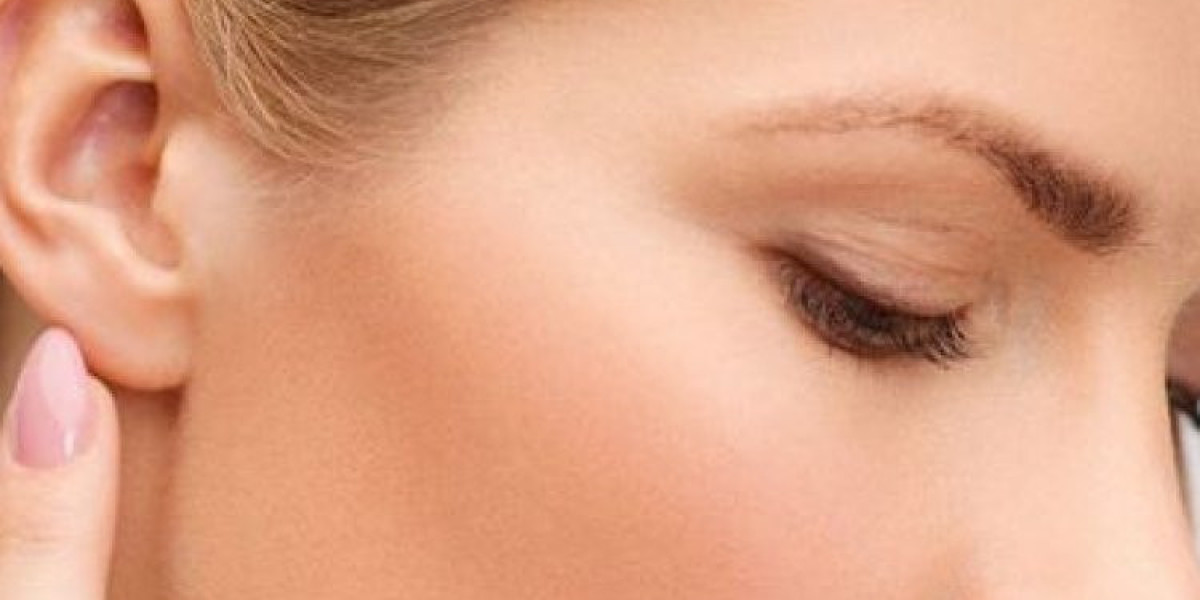Pediatric ear reshaping in Islamabad, also known as otoplasty, is a specialized procedure designed to correct ear deformities in children and improve both appearance and self-confidence. While the ears may seem like a minor facial feature, their shape and position can significantly affect a child’s self-esteem, particularly if deformities such as prominent ears, lop ears, cup ears, or asymmetry are present. Understanding the available options, timing, and considerations for pediatric patients is essential for parents seeking the best outcome for their children. Ear Reshaping in Islamabad offers effective solutions for correcting protruding or misshapen ears and enhancing facial harmony.
Reasons for Pediatric Ear Reshaping
Children with noticeable ear deformities may experience teasing, social discomfort, or self-conscious behavior. Correcting these deformities early can prevent long-term emotional distress and help children develop a positive self-image. Early intervention is particularly important for children entering school or social environments where peer interaction plays a significant role in their confidence and social development.
Non-Surgical Options
For very young infants, the cartilage of the ear is soft and highly malleable. In such cases, non-surgical ear molding can be an effective option. Molding uses specialized devices, tape, or splints to gently reshape the ear while it is still flexible. This method is most effective in the first few weeks of life and can sometimes eliminate the need for surgical intervention entirely. The success of non-surgical techniques depends on early initiation and consistent use of the molding devices for several weeks.
Surgical Options
For older children or for more pronounced ear deformities, surgical correction is typically required. Otoplasty involves reshaping the ear cartilage to achieve a more natural and proportionate appearance. Techniques vary depending on the type and severity of the deformity. For prominent ears, the procedure may include creating or enhancing the antihelical fold and adjusting the conchal bowl to bring the ears closer to the head. For lop or cup ears, cartilage may be repositioned or trimmed to restore symmetry and correct folding. Surgical techniques are carefully tailored to each child’s anatomy to achieve optimal and natural results.
Timing of Surgery
The timing of pediatric ear reshaping is critical. Most surgeons recommend performing surgery once the ears have reached near-adult size, typically around ages five to six. This ensures that the procedure does not interfere with natural ear growth and that the results remain stable over time. In some cases, surgery may be performed slightly earlier if the deformity is severe or if the child experiences significant psychological distress. Selecting the right timing balances physical development with emotional readiness.
Surgical Process
During pediatric otoplasty, the surgeon evaluates the ear deformity, including cartilage quality, symmetry, and prominence. General anesthesia is commonly used for children to ensure comfort and safety. The procedure typically involves making small incisions behind the ear, reshaping or repositioning cartilage, and securing it with sutures. Excess skin or cartilage may be removed as needed. After surgery, the ears are protected with dressings or a headband to maintain the new shape during the early healing phase. Post-operative care includes monitoring for swelling or bruising, managing discomfort, and avoiding pressure on the ears.
Recovery and Long-Term Results
Children generally recover faster than adults, and discomfort can be managed with prescribed medications. Most swelling and bruising subside within a few weeks, and protective headbands are worn as directed to ensure optimal healing. Long-term results of pediatric ear reshaping are usually stable, and the procedure does not interfere with natural ear growth when performed at the appropriate age. Psychologically, children often experience significant improvements in self-esteem and social confidence following surgery.
Risks and Considerations
While pediatric ear reshaping is considered safe, potential risks include bleeding, infection, asymmetry, visible scarring, and the rare need for revision surgery. Children should be healthy and able to tolerate anesthesia, and families must provide proper post-operative care. Emotional readiness is also important; children should understand basic instructions for care and avoidance of ear trauma during recovery.
Choosing the Right Approach
Selecting the best approach for pediatric ear reshaping in Islamabad involves a careful assessment of the child’s ear anatomy, age, severity of the deformity, and psychological needs. Non-surgical molding is ideal for infants, while surgical options are better suited for older children or more severe cases. A skilled pediatric surgeon can guide parents through the decision-making process, ensuring that the chosen technique provides safe, natural, and long-lasting results.
Conclusion
Pediatric ear reshaping in Islamabad offers children with ear deformities the opportunity to improve both appearance and self-confidence. Whether through early non-surgical molding or carefully planned otoplasty, these procedures address structural issues while supporting emotional and social well-being. With proper timing, expert surgical care, and attentive post-operative support, children can achieve stable, natural-looking results and enjoy the psychological benefits of improved ear appearance.














